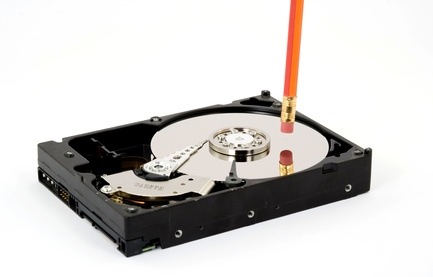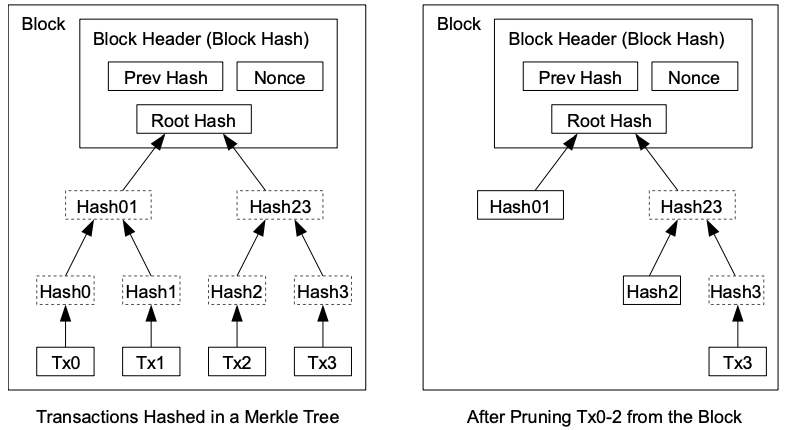Delta Charlie on Nostr: https://pcsplace.com/wp-content/uploads/free-up-disk-space-windows-7.jpg Unlocking ...

Unlocking Knowledge: Bitcoin in Plain Language
This series continues to translate the original white paper by Satoshi Nakamoto to plain language. The goal is to have easily shared content, and send new people directly to nostr to read it. The original content will be posted, with the plain language below.
Please show support by sharing or sending sats.
7. Reclaiming Disk Space Paragraph 2
A block header with no transactions would be about 80 bytes. If we suppose blocks are generated every 10 minutes, 80 bytes * 6 * 24 * 365 = 4.2MB per year. With computer systems typically selling with 2GB of RAM as of 2008, and Moore’s Law predicting current growth of 1.2GB per year, storage should not be a problem even if the block headers must be kept in memory.

Plain Language
Imagine you have a special card that contains important information about a group of activities. This card is called a "block header." Sometimes, this card doesn't have any specific activities listed on it – it's just a summary or a title. This kind of card, with no detailed activities, is about 80 bytes in size. Bytes are tiny pieces of information, and 1024 bytes adds up to 1 megabyte (1MB).
Imagine a new card like this being created every 10 minutes. In one day, there would be 6 cards (10 minutes x 6 times in an hour x 24 hours). In a year, that would add up to 4.2 megabytes (MB) of information (80 bytes x 6 x 24 x 365).
Imagine your computer has a certain amount of memory space, like a shelf to store these cards. Back in 2008, many computers were sold with 2 gigabytes (GB), or 2048 MB, of memory. Additionally, according to Moore's Law, which talks about the growth of computer power, it was predicted that each year, computers would get 1.2GB more.
Even if you keep all these "summary cards" (block headers) in the computer's memory, it won't be a problem. In 2008, with 2GB of memory and considering the predicted growth, storing the information from these cards in memory is manageable. It's like saying, "Don't worry, there's enough space on the shelf for these cards, and even with more cards coming each year, the shelf is growing too."
When information is discarded is based on how secure the transaction needs to be. For more secure transactions, a high number of confirmations are required, double digits. Smaller, everyday transaction should wait until 3-6 confirmations. Until this information is discarded, the blocks will keep their full size.
Remember nodes? These are the special players and referees of this game that ensure the rules are followed. Nodes keep a full copy of the blockchain. Today, many nodes are individual computers, but with extra disk space just to store the copy of the blockchain. The blockchain is currently over 500GB.
#bitcoin #crypto #btc #blockchain #cryptocurrency #hodl #digitalgold #decentralized #satoshi #cryptonews #satoshinakamoto #whitepaper #bitcoinwhitepaper #nostr #grownostr
